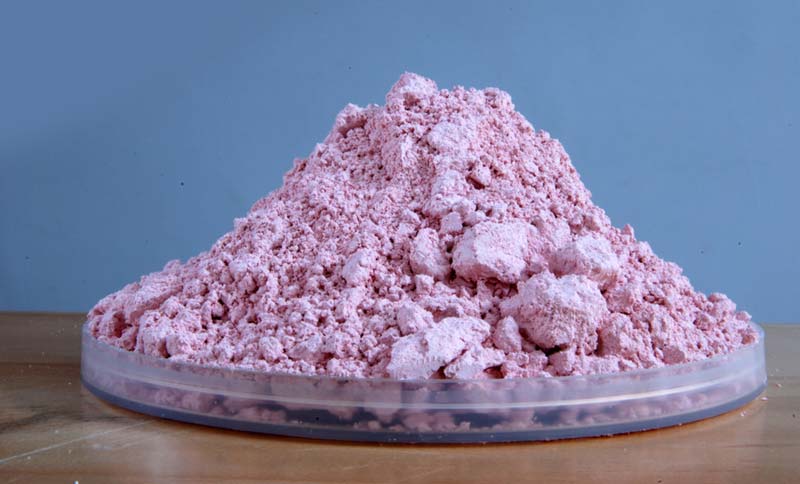Silver Nitrate: An Inorganic Compound with Many Uses
Introduction to Silver Nitrate
Silver nitrate is an inorganic compound with the chemical formula AgNO3. It is a colorless crystalline solid that is highly soluble in water. Silver nitrate has been used for centuries in various applications due to its antiseptic and disinfectant properties.
Physical and Chemical Properties
Silver nitrate is a polar inorganic compound that is highly soluble in water but insoluble in organic solvents. It dissociates in water to release silver ions (Ag+) and nitrate ions (NO3-). The silver nitrate crystals are typically colorless and transparent. Upon exposure to light, however, silver nitrate can acquire a blue or blue-gray cast due to the formation of silver metal clusters within the solid.
When heated strongly, silver nitrate decomposes to yield silver and oxygen along with nitrogen oxide byproducts. The decomposition reaction is used in several applications. Silver nitrate undergoes exothermic redox reactions with numerous reducing agents. It readily undergoes precipitation reactions when solutions of silver nitrate are mixed with solutions of halide salts to yield sparingly soluble silver halides.
Medical and Healthcare Uses
One of the most common applications of silver nitrate is in medicine and healthcare due to its strong antiseptic properties. Dilute solutions of silver nitrate are used for treating and preventing infections of the eyes, ears and throat. It is also used to treat wounds and burns by destroying bacteria, viruses and fungi.
Silver nitrate solution is often applied to the skin of newborns to prevent conjunctivitis. It works by killing the organism responsible for the infection. Silver nitrate sticks were previously used to chemically cauerterize bleeding sites during minor surgical procedures by forming eschars.
Laboratory Applications
In laboratories, silver nitrate solution finds wide application as a qualitative test for the presence of halide ions like chloride, bromide and iodide. Upon mixing solutions of silver nitrate and a halide salt, a white precipitate of the insoluble silver halide is formed. This test allows for the simple identification of halide ions.
Silver nitrate is also used for preparing silver halides like silver chloride, bromide and iodide which find applications as photographic materials. Silver halides form the basis for black and white as well as color photography. Films coated with microcrystals of silver halides capture light during exposure and form a latent image.
Industrial Uses
Some important industrial uses of silver nitrate include its application as an etchant and photoengraving agent. Dilute solutions of silver nitrate are used for etching glass, ceramic and porcelain surfaces in the production of printed circuit boards and other electronic components.
In the dye industry, silver nitrate is used as a mordant for fixing dyes onto fabrics. It forms insoluble complexes with dye molecules, allowing the dye to be anchored onto materials like silk, wool and nylon. Silver nitrate also finds use as an antifungal agent for preserving wood and paints as well as disinfecting industrial wastewater.
Other Uses and Safety
Apart from the applications mentioned above, silver nitrate also has uses as an oxygen scavenger in nuclear reactors and in solid rocket propellants where it improves combustion efficiency.
While silver nitrate has several useful properties, it can cause severe irritation and burnss if mishandled. Prolonged skin contact with concentrated solutions, especially in occluded areas may lead to argyria, a condition where the skin takes on a blue-gray discoloration due to deposition of elemental silver. Accidental ingestion of silver nitrate can cause gastrointestinal irritation, vomiting and potentially kidney damage. Strict safety precautions must be followed when handling silver nitrate.
In summary, silver nitrate is a versatile inorganic compound with a wide range of applications in medicine, photography, laboratories and industry owing to its antiseptic and photocatalytic properties. While effective in small amounts, it requires careful handling due to associated health hazards. Further research continues to explore new uses for this compound.




